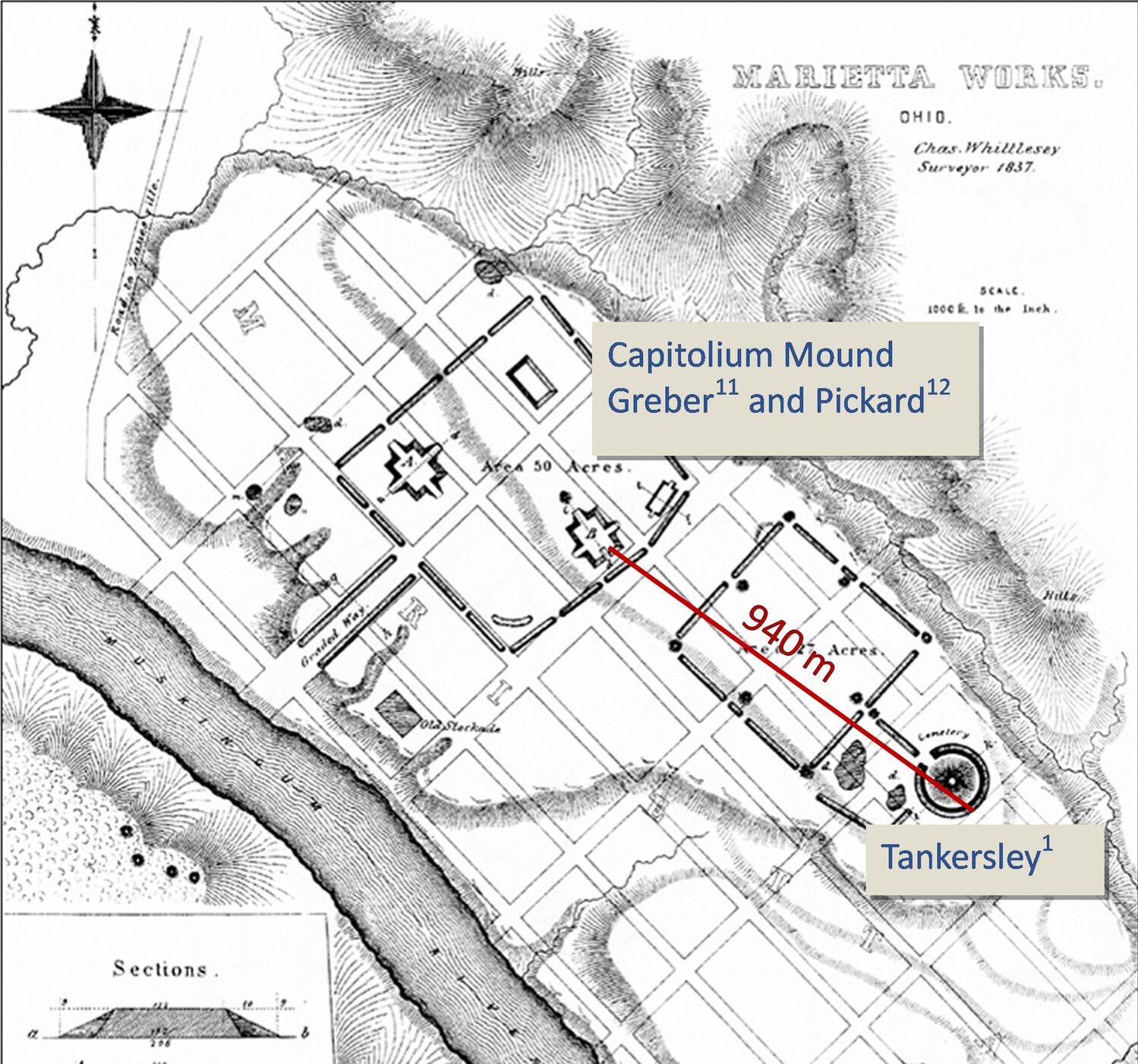In February 2022, the journal Scientific Reports published a paper with the claim that a comet exploded over what is now Cincinnati around 1,500 years ago, raining fire over the area and destroying villages and farm fields, supposedly resulting in the rapid decline of the ancient Indigenous Hopewell culture.
Research led by University of Cincinnati archaeologist Dr. Kenneth Tankersley claimed “evidence of a cosmic airburst at 11 Hopewell archaeological sites in three states stretching across the Ohio River Valley.” His evidence included the presence of meteorites, iron and silica-rich microspherules claimed to be from meteorites, and spikes in iridium and platinum—all supposedly associated with burned charcoal-rich Hopewell habitations.
Dr. Kevin C. Nolan, director and senior archaeologist of the Applied Anthropology Laboratories at Ball State University, along with eleven other scholars with varied expertise—including several specialists in the Hopewell culture and the Smithsonian Institution’s Curator of Meteorites—have reviewed that evidence and found it to be wholly inadequate to support such an extraordinary claim.
The results of their review are published as a response in issue 13 of Scientific Reports, published August 9. Dr. Nolan had worked with very few of the other researchers prior, but they all came together through this effort to set the record straight on Dr. Tankersley’s questionable research.
“There is no evidence for catastrophically burned habitations at any of the 11 Hopewell sites studied by Tankersley’s team,” Dr. Nolan said. “The burned surfaces identified by the University of Cincinnati researchers are either localized episodes of burning for ceremonial purposes, such as cremating the honored dead, or are not even burned surfaces at all.
2023-08-12 04:00:03
Post from phys.org




















